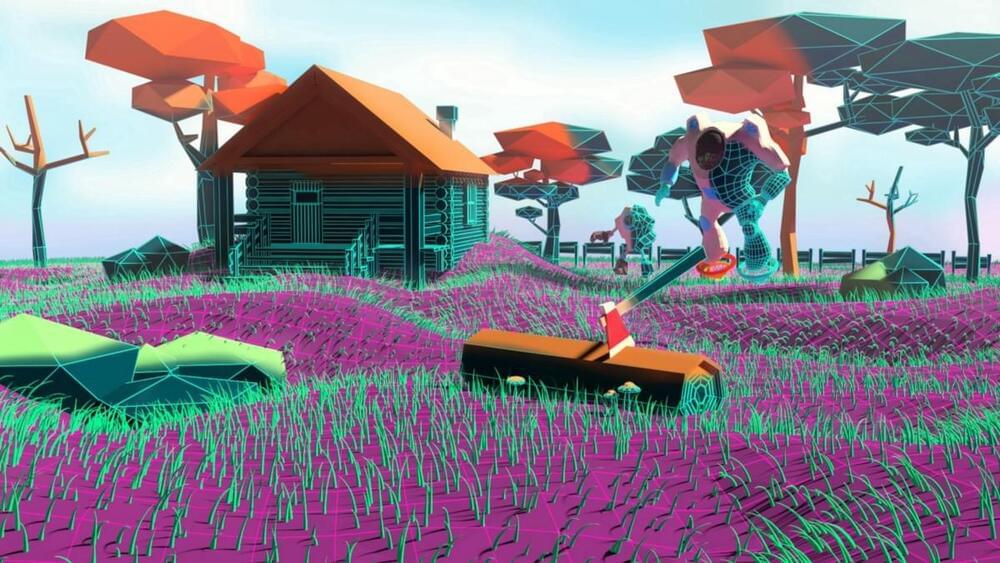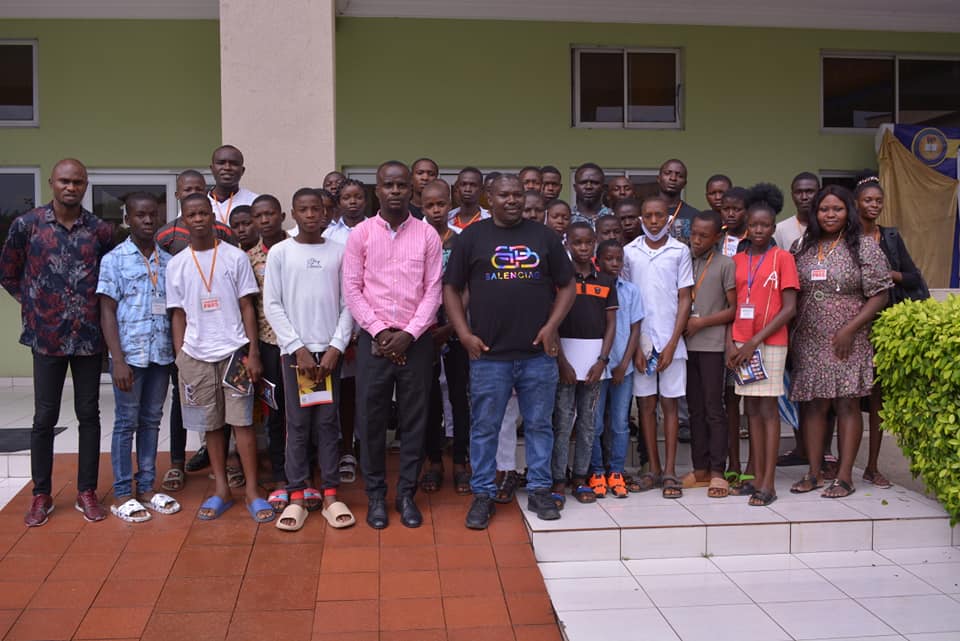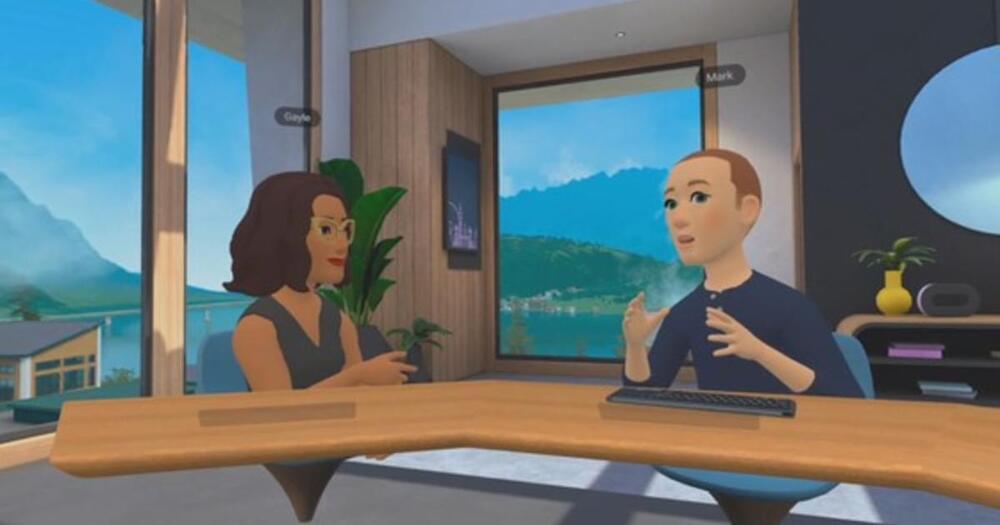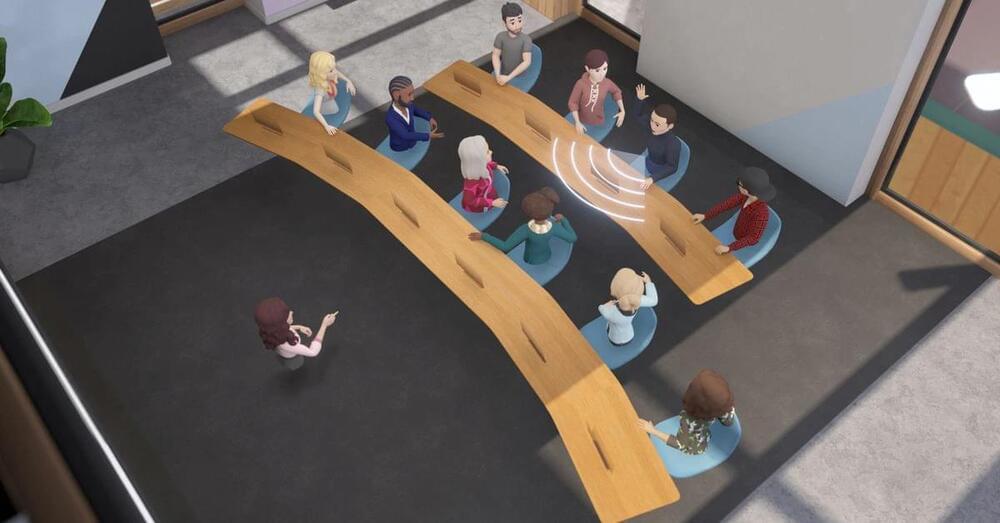Is there something special about consciousness? Can our inner subjective experience—the sight of purple, smell of cheese, sound of Bach—ever be explained in purely physical terms? Even in principle? Most scientists see consciousness as a science problem to solve. Some philosophers claim that consciousness can never be explained in terms of current science.
Free access to Closer to Truth’s library of 5,000 videos: http://bit.ly/376lkKN
Watch more interviews on consciousness: https://bit.ly/3Ce962v.
Jaron Zepel Lanier is an American computer scientist, best known for popularizing the term virtual reality (VR).
Register for free at CTT.com for subscriber-only exclusives: http://bit.ly/2GXmFsP
Closer to Truth, hosted by Robert Lawrence Kuhn, presents the world’s greatest thinkers exploring humanity’s deepest questions. Discover fundamental issues of existence. Engage new and diverse ways of thinking. Appreciate intense debates. Share your own opinions. Seek your own answers.






